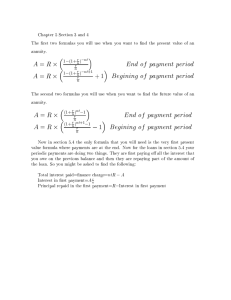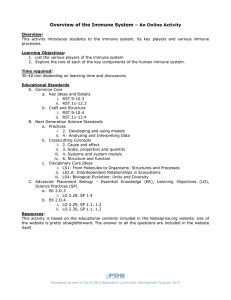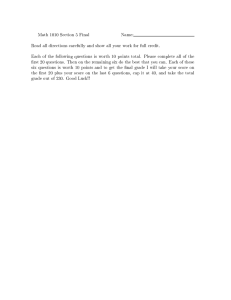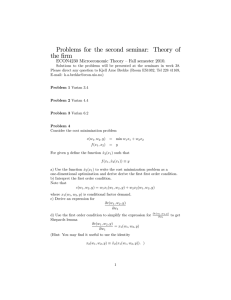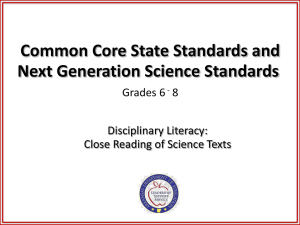View - Ardusat
advertisement
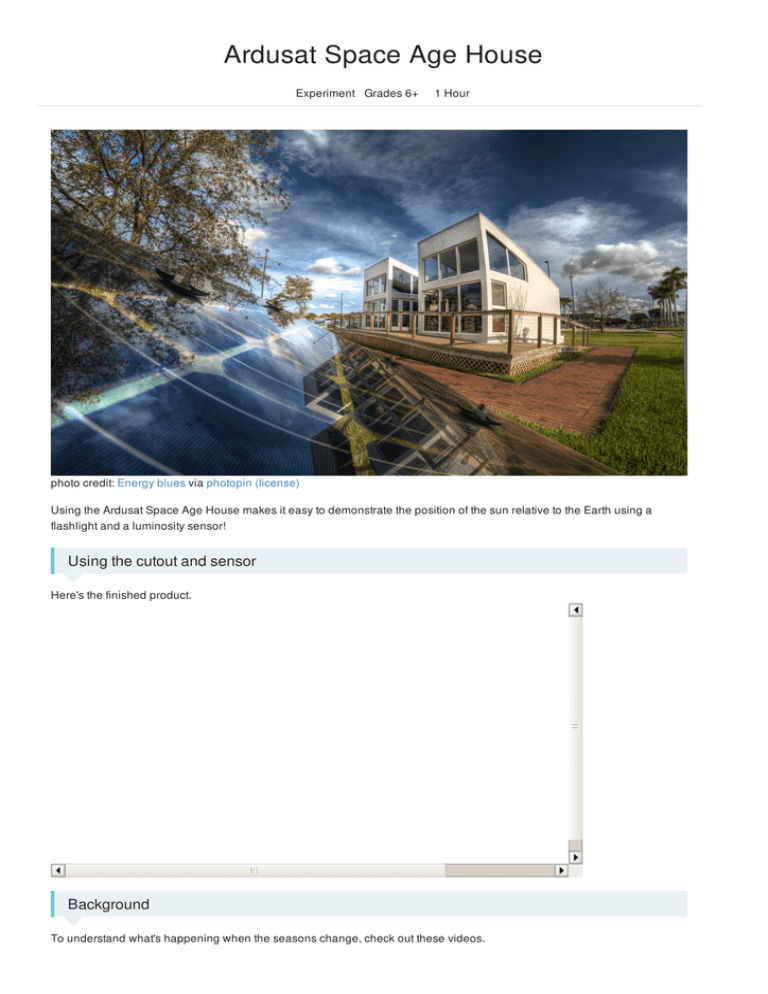
Ardusat Space Age House Experiment Grades 6+ 1 Hour photo credit: Energy blues via photopin (license) Using the Ardusat Space Age House makes it easy to demonstrate the position of the sun relative to the Earth using a flashlight and a luminosity sensor! Using the cutout and sensor Here's the finished product. Background To understand what's happening when the seasons change, check out these videos. Equipment 1 Breadboard 1 Luminosity sensor 6 Jumper wires 1 USB B Cable 1 Arduino Uno 1 Ardusat Space Age House cutout Tape String Glue Scissors Flashlight Download Print out the template below and assemble. Ardusat Space Age House Cut-Out (PDF) Wiring Use this wiring diagram to hook up your sensor. Luminosity Sensor Code Procedure Connect to the Ardusat Experiment Platform and measure the luminosity at 0 degrees, 10 degrees, 35 degrees, 45 degrees and 60 degrees. What happened to the amount of light measured in the house at the different angles? Challenge Use Wolfram Alpha's search engine to find your location on the earth and simulate the degree which the sun hits your house at different times of the year. Record the difference between summer, winter, spring, and fall. Wolphram Alpha sun location for Utah. This work by Ardusat is licensed under a Creative Commons AttributionNonCommercial-ShareAlike 4.0 International License based on a work at ardusat.com . Common Core Standards MP1 Make sense of problems and persevere in solving them. MP2 Reason abstractly and quantitatively. MP4 Model with mathematics. RST.6-8.1 Cite specific textual evidence to support analysis of science and technical texts. RST.6-8.6 Analyze the author’s purpose in providing an explanation, describing a procedure, or discussing an experiment in a text. RST.6-8.3 Follow precisely a multistep procedure when carrying out experiments, taking measurements, or performing technical tasks. RST.6-8.7 Integrate quantitative or technical information expressed in words in a text with a version of that information expressed visually (e.g., in a flowchart, diagram, model, graph, or table). RST.6-8.5 Analyze the structure an author uses to organize a text, including how the major sections contribute to the whole and to an understanding of the topic. RST.6-8.9 Compare and contrast the information gained from experiments, simulations, video, or multimedia sources with that gained from reading a text on the same topic. RST.9-10.2 Determine the central ideas or conclusions of a text; trace the text’s explanation or depiction of a complex process, phenomenon, or concept; provide an accurate summary of the text. RST.9-10.3 Follow precisely a complex multistep procedure when carrying out experiments, taking measurements, or performing technical tasks, attending to special cases or exceptions defined in the text. RST.9-10.4 Determine the meaning of symbols, key terms, and other domain-specific words and phrases as they are used in a specific scientific or technical context relevant to grades 9-10 texts and topics. RST.9-10.5 Analyze the structure of the relationships among concepts in a text, including relationships among key terms (e.g., force, friction, reaction force, energy). RST.9-10.7 Translate quantitative or technical information expressed in words in a text into visual form (e.g., a table or chart) and translate information expressed visually or mathematically (e.g., in an equation) into words. RST.9-10.9 Compare and contrast findings presented in a text to those from other sources (including their own experiments), noting when the findings support or contradict previous explanations or accounts. RST.11-12.1 Cite specific textual evidence to support analysis of science and technical texts, attending to important distinctions the author makes and to any gaps or inconsistencies in the account. RST.11-12.2 Determine the central ideas or conclusions of a text; summarize complex concepts, processes, or information presented in a text by paraphrasing them in simpler but still accurate terms. RST.11-12.3 Follow precisely a complex multistep procedure when carrying out experiments, taking measurements, or performing technical tasks; analyze the specific results based on explanations in the text. RST.11-12.4 Determine the meaning of symbols, key terms, and other domain-specific words and phrases as they are used in a specific scientific or technical context relevant to grades 11-12 texts and topics. RST.11-12.6 Analyze the author’s purpose in providing an explanation, describing a procedure, or discussing an experiment in a text, identifying important issues that remain unresolved. RST.11-12.8 Evaluate the hypotheses, data, analysis, and conclusions in a science or technical text, verifying the data when possible and corroborating or challenging conclusions with other sources of information. RST.11-12.9 Synthesize information from a range of sources (e.g., texts, experiments, simulations) into a coherent understanding of a process, phenomenon, or concept, resolving conflicting information when possible. NGSS Standards MS-ETS1-4 Develop a model to generate data for iterative testing and modification of a proposed object, tool, or process such that an optimal design can be achieved. MS-PS3-4 Plan an investigation to determine the relationships among the energy transferred, the type of matter, the mass, and the change in the average kinetic energy of the particles as measured by the temperature of the sample. MS-PS3-3 Apply scientific principles to design, construct, and test a device that either minimizes or maximizes thermal energy transfer. HS-ETS1-4 Use a computer simulation to model the impact of proposed solutions to a complex real-world problem with numerous criteria and constraints on interactions within and between systems relevant to the problem. MS-PS2-5 Conduct an investigation and evaluate the experimental design to provide evidence that fields exist between objects exerting forces on each other even though the objects are not in contact. MS-ESS2-5 Collect data to provide evidence for how the motions and complex interactions of air masses results in changes in weather conditions. HS-ESS2-4 Use a model to describe how variations in the flow of energy into and out of Earth’s systems result in changes in climate. MS-ESS1-1 Develop and use a model of the Earth-sun-moon system to describe the cyclic patterns of lunar phases, eclipses of the sun and moon, and seasons. MS-PS1-4 Develop a model that predicts and describes changes in particle motion, temperature, and state of a pure substance when thermal energy is added or removed. MS-PS3-2 Develop a model to describe that when the arrangement of objects interacting at a distance changes, different amounts of potential energy are stored in the system.


